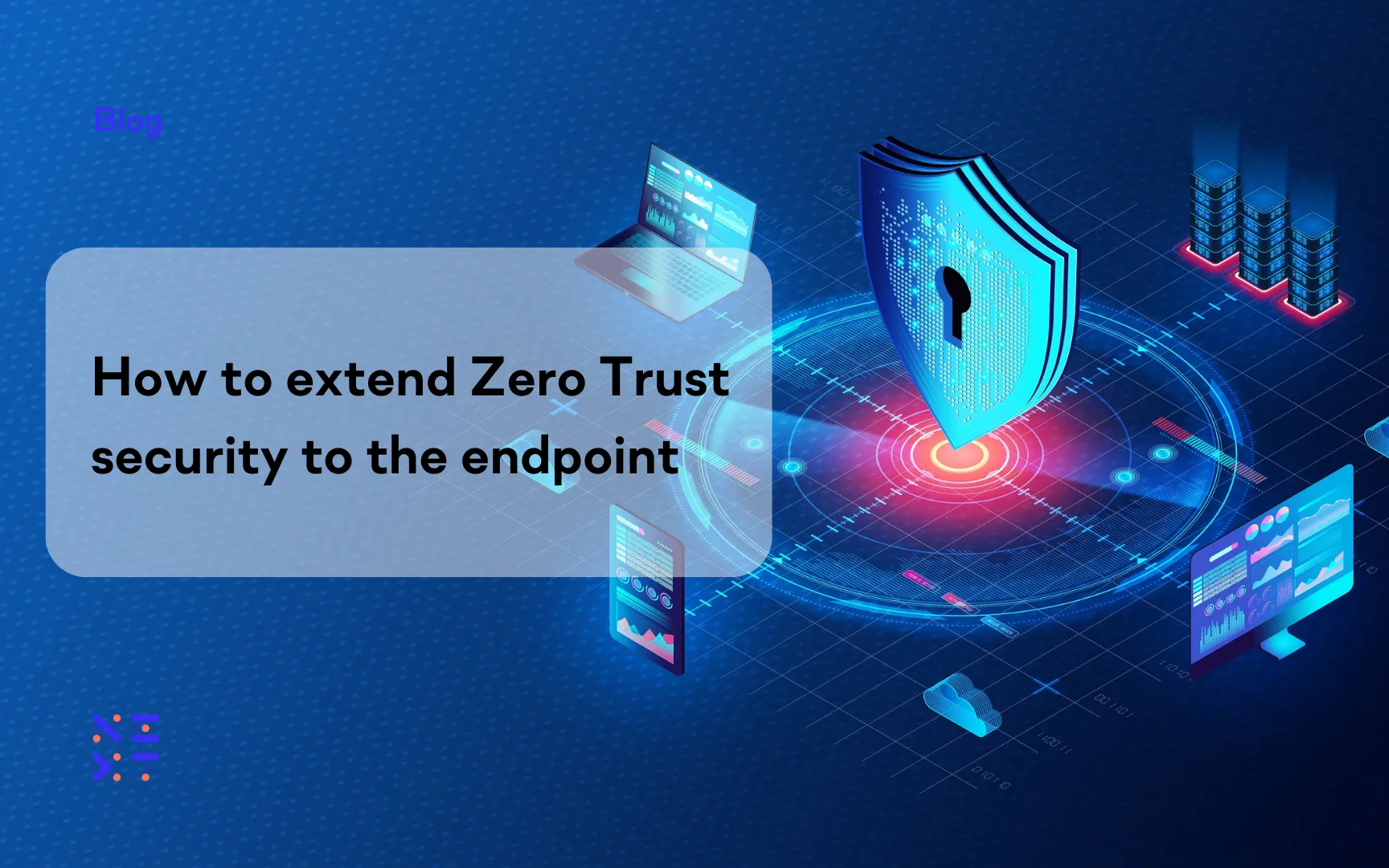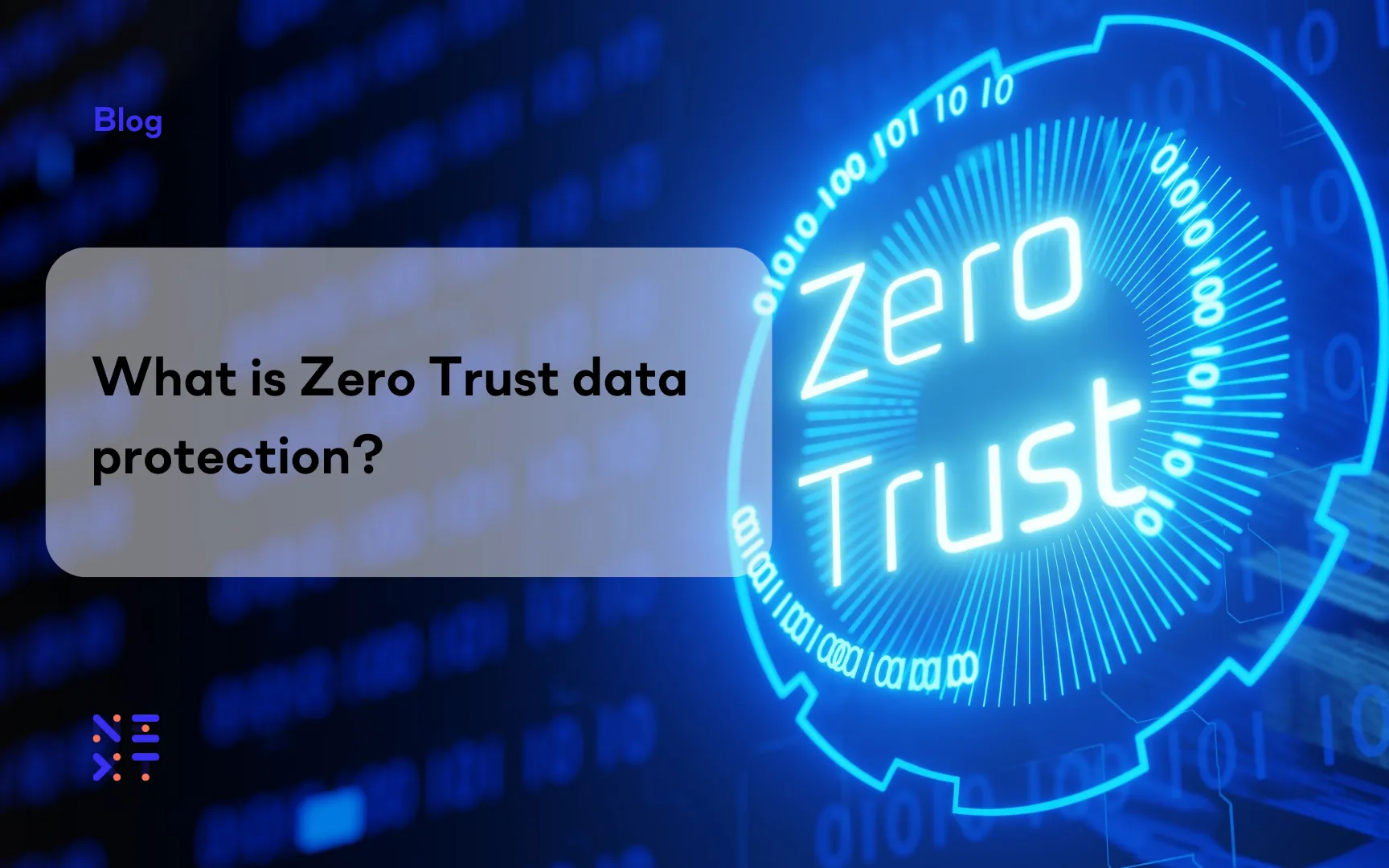Fortinet Acquires Next DLP Strengthens its Top-Tier Unified SASE Solution
Read the release

Many companies leverage Software-as-a-service (SaaS) cloud solutions to address business requirements. SaaS offerings allow organizations to inexpensively add new functionality or technology without building additional infrastructure. The benefits of SaaS applications have made them increasingly popular throughout the business world.
However, SaaS applications have many of the same data security vulnerabilities as traditional software solutions. Implementing SaaS data loss prevention (DLP) is an essential component of a comprehensive security strategy to protect valuable and sensitive information stored in these applications. We’re going to look at how SaaS DLP solutions work and why you need them to keep your data safe.
In this article:
 |
SaaS data loss prevention (DLP) is a collection of practices, policies, and tools that protect sensitive data stored in a SaaS application by preventing unauthorized access, sharing, downloading or disclosure. A robust DLP solution protects SaaS data from both internal and external threat actors.
SaaS data loss prevention is more than simply a software solution. It involves a coordinated approach with multiple elements ranging from employee buy-in to leveraging the functionality of advanced information security technology. The following components are necessary to implement an effective SaaS data loss prevention strategy and maintain a strong SaaS security posture.
 |
Several issues make protecting SaaS data more challenging than keeping information in a traditional, on-premises application, especially when it comes to meeting local and compliance regulations such as HIPAA, GDPR, and PCI-DSS. A DLP software platform can be instrumental in effectively addressing these challenges and providing the necessary level of protection for an organization’s sensitive and valuable data.
The following are some of the issues that may make it difficult to protect SaaS data using traditional methods and processes.
One of the major benefits of cloud services and applications is that they can be accessed anywhere via an Internet connection. This universal access promotes the use of SaaS solutions to support remote or mobile workforces. Employees can use a SaaS application wherever they are using either personal or company-supplied devices.
The ability to access valuable company data outside the boundaries of a controlled data center environment demands a new strategy and defensive tactics. A DLP solution needs the capability to protect data even when endpoint devices are not connected to the corporate network. It should be able to take autonomous action to protect resources by enforcing the organization’s data handling policy.
Shadow IT is the term used for cloud apps that are used by employees without company approval, and in some cases, a subset of employees may decide to use an alternate software solution to address business requirements. Sensitive information may be uploaded to these Shadow IT solutions, potentially putting the data at risk.
An automated DLP solution built on advanced technology can be used to identify Shadow IT and SaaS in an environment and ensure that sensitive company data is not uploaded to or shared with the Shadow infrastructure. The data handling policy should restrict access by unauthorized applications, and this restriction will be enforced by the DLP tool.
The Reveal platform by Next offers customers an advanced DLP solution that can handle the challenges of protecting SaaS data. A cloud-native DLP tool built with cutting-edge technology, Reveal provides robust protection for SaaS data.
Schedule a demo or contact us to see how Reveal can help you protect your valuable SaaS data.
Each type of DLP solution has its own set of features and capabilities, but they all aim to prevent data loss and protect sensitive information from unauthorized access or exposure. Organizations can choose the type of DLP solution that best suits their specific needs and infrastructure to ensure comprehensive data protection.
It is difficult to protect SaaS data because visibility into resources can be limited due to its storage in the cloud. In addition to visibility issues, the ability to access SaaS data from anywhere with an Internet connection complicates effectively controlling access. Further complications are posed by remote workers accessing company systems on personal devices.
Organizations can customize DLP tools to take specific actions under certain circumstances to mitigate the risk. Examples include encrypting data before allowing it to be transmitted over the network, restricting the download of a sensitive data set to a personal device, and prohibiting the printing of customer data to an unauthorized printer. These actions are useful to stop deliberate security incidents or unintentional insider threats.
New data entering the IT environment may need to immediately be given special treatment due to its sensitivity or value to the organization. Allowing this information to be treated without proper protection could put the business at risk. Reveal’s endpoint agents provide immediate visibility into new data elements and classify them so they can be afforded the protection they warrant.

Blog

Blog

Blog

Blog

Resources

Resources

Resources

Resources
